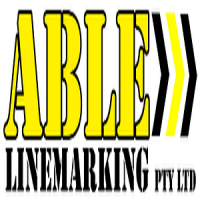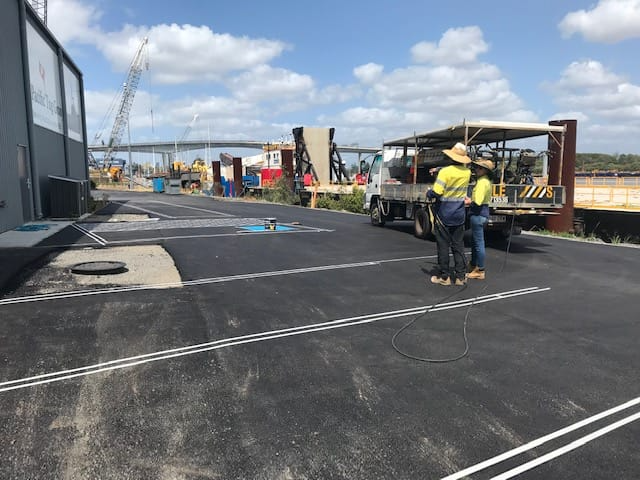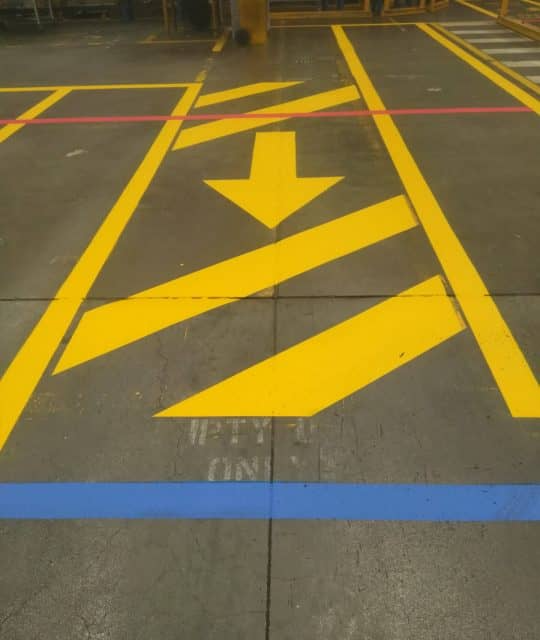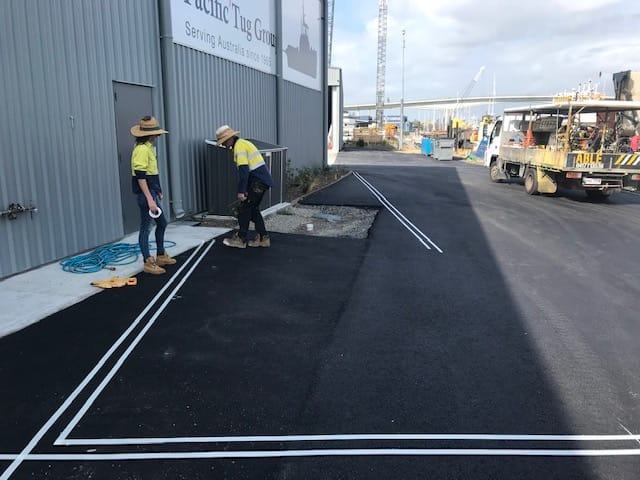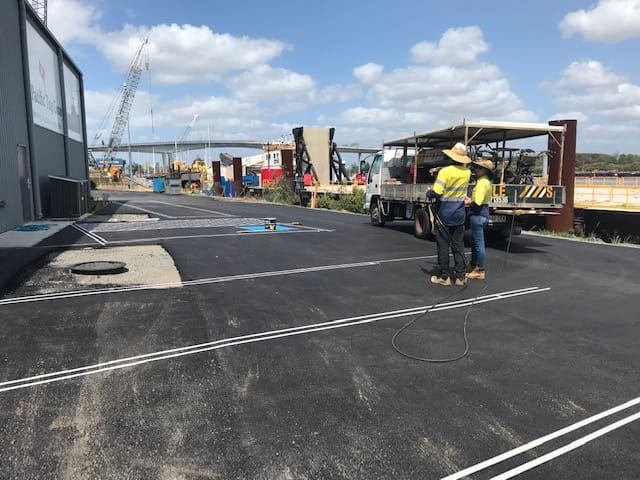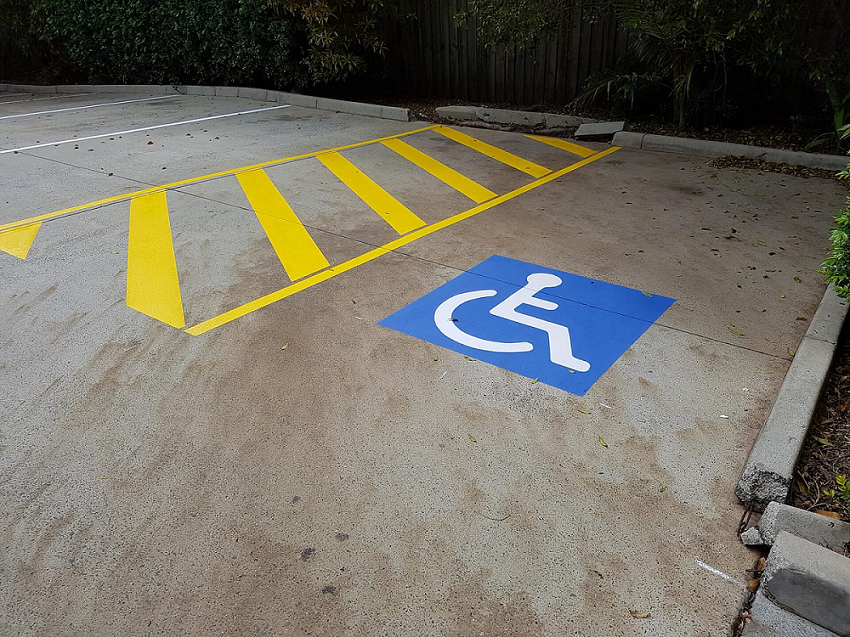Road Line Marking: The Backbone of Traffic Safety and Road Organization
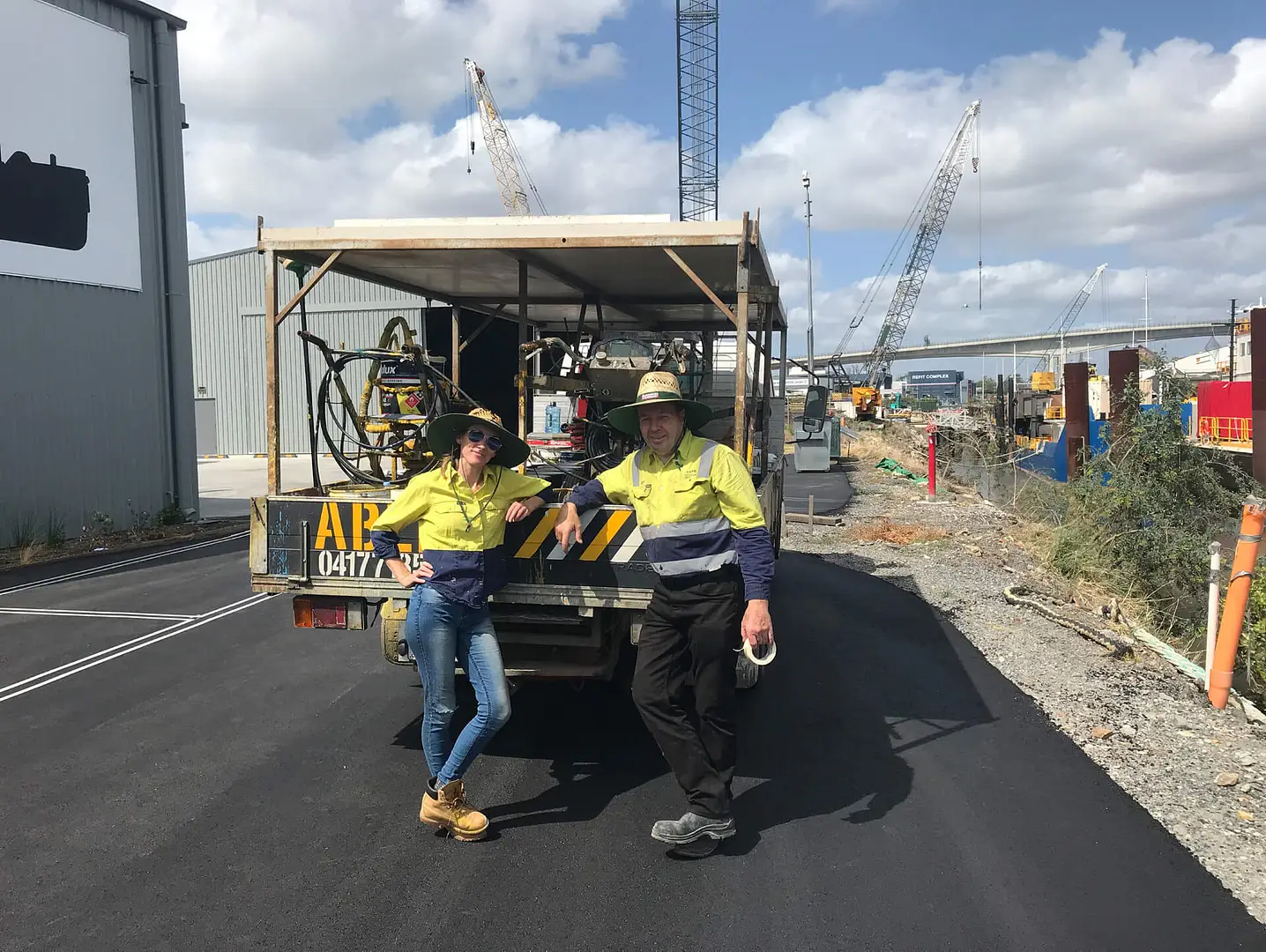
Strong 8k brings an ultra-HD IPTV experience to your living room and your pocket.
Take a moment to imagine a road without any painted lines. Chaos, right? That’s exactly why road line marking is one of the most essential components of modern transportation infrastructure. Though often overlooked, those seemingly simple painted lines are vital to the safe and efficient flow of traffic. They guide drivers, keep pedestrians safe, and help prevent accidents before they happen.
Let’s take a deep dive into why road line marking matters, the types available, how it’s applied, and what makes this system the unsung hero of everyday commuting.
Why Road Line Marking Matters
Whether you’re driving through a busy city street or cruising down a rural highway, road markings act as the silent instructors that help us navigate. Without them, even the most experienced drivers would struggle to make safe decisions on the road. These lines separate lanes, signal turning zones, define pedestrian areas, and even alert you when you’re drifting off-lane.
For governments and transport authorities, proper road line marking is not just about regulation—it’s about life-saving logistics. Well-maintained road lines reduce the risk of collisions, improve traffic flow, and increase driver awareness. In many countries, consistent and clear markings are mandated by law because of their proven safety benefits.
Types of Road Line Markings You See Every Day
There’s more variety in road line marking than you might think. Each color, pattern, and thickness is loaded with meaning. Let’s break them down:
- Solid white lines: Indicate lane boundaries and suggest drivers should stay in their lane unless necessary.
- Broken white lines: Signal that it’s okay to change lanes with caution.
- Double white lines: Prohibit lane changes entirely, especially in hazardous areas like curves or intersections.
- Yellow lines: Usually mark the separation of traffic moving in opposite directions or indicate no-parking zones.
- Zebra crossings: Used for pedestrian safety and must always be respected.
The consistent use of these markings across different regions helps ensure that drivers instantly recognize and respond appropriately to road cues.
Modern Materials Used in Road Line Marking
Here’s where technology meets transportation. Today’s road line marking systems go beyond just paint. Thermoplastic, cold plastic, preformed tape, and even reflective glass beads are now commonly used to ensure durability and visibility.
Thermoplastic markings, for example, are applied hot and become extremely durable once cooled. They're favored for high-traffic areas because they can endure both wear and weather. Cold plastic, on the other hand, is often used for aesthetic or decorative markings, like those in residential or commercial zones.
Some systems incorporate retroreflective glass beads, making lines visible even in low-light or rainy conditions. These beads reflect headlights back toward the driver, dramatically improving nighttime safety. In fact, many smart cities are exploring road line marking materials that change color or light up to communicate real-time traffic conditions.
How Road Line Markings Are Applied
Applying road line marking is a precise and technical process that requires specialized machinery and trained professionals. Before application, the road surface is cleaned and dried to ensure proper adhesion. Depending on the type of material used, it may be sprayed, extruded, or manually applied using stencils.
Machines are often equipped with GPS and laser guidance to ensure absolute accuracy. This isn’t just for aesthetic reasons—poorly aligned lines can mislead drivers and increase the risk of accidents. That’s why road marking is never rushed. Each step—from preparation to curing—is timed perfectly to ensure long-lasting, high-visibility results.
Road Line Marking and Smart Infrastructure
In recent years, road line marking has evolved alongside smart infrastructure trends. With the rise of autonomous vehicles and advanced driver-assistance systems (ADAS), clear and machine-readable road markings are more important than ever.
Self-driving cars rely heavily on lane markings to understand their environment. Any ambiguity can confuse onboard sensors, putting passengers at risk. That’s why many cities are investing in higher-quality markings that not only meet human needs but are also optimized for vehicle recognition software.
High-contrast, wide-lane markers and infrared-visible lines are just the beginning. As AI and mobility tech continue to evolve, expect road line marking to become even more sophisticated.
The Environmental Side of Road Line Marking
You might not immediately associate environmental sustainability with road line marking, but it's becoming a hot topic. As climate change pushes industries to adopt greener practices, the materials used in road markings are under review.
Some manufacturers now offer eco-friendly marking materials that emit fewer volatile organic compounds (VOCs) and degrade more safely over time. Water-based paints and biodegradable alternatives are gaining traction, especially in urban areas with strict emissions standards.
Even reflective materials are being rethought. Instead of traditional glass beads, some companies are exploring recycled microplastics as a sustainable alternative. The goal? Maintain high visibility while reducing the ecological footprint.
Maintenance and Longevity
Like any infrastructure component, road line marking doesn’t last forever. Exposure to sunlight, rain, snow, and tire friction wears lines down over time. That’s why regular maintenance is crucial to keeping roads safe and easy to navigate.
Repainting schedules depend on traffic volume and local weather conditions. Highways and main roads often need more frequent touch-ups than residential streets. Smart cities are also experimenting with sensors that monitor the condition of road markings and automatically flag when maintenance is needed.
Routine inspections and timely updates ensure that road line marking stays functional and reliable year-round.
Road Line Marking in Urban Planning
Urban planners often rely on road line marking as a key part of traffic design. Markings aren't just functional—they can influence driving behavior, reduce speeding, and improve pedestrian safety.
For instance, adding lane narrowing lines or optical speed bars can create the illusion of a tighter space, encouraging drivers to slow down. Similarly, bright-colored crosswalks can improve visibility and pedestrian compliance.
Innovative cities are even integrating artistic road markings to reflect community identity while improving safety. Think rainbow-colored bike lanes or decorative pedestrian crossings near schools.
Final Thoughts
In the grand scheme of transportation, road line marking might seem minor—but its impact is massive. These simple lines provide structure, enhance safety, and now even integrate with the future of smart mobility. Whether it's keeping cars in their lanes or helping autonomous vehicles make safe choices, road line marking is a critical, evolving piece of infrastructure.
As technology continues to shape the future of mobility, so too will the humble road line. And the next time you're behind the wheel, take a second to appreciate the lines that guide you. They’re doing more than just marking the road—they're protecting lives, one stripe at a time.
Note: IndiBlogHub features both user-submitted and editorial content. We do not verify third-party contributions. Read our Disclaimer and Privacy Policyfor details.

